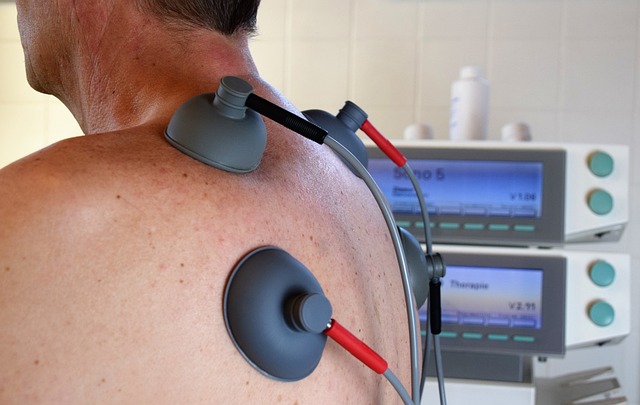How could the pressures of a global pandemic shape America’s healthcare real estate market?
In the months since COVID-19’s arrival, healthcare providers have found themselves under an unprecedented amount of pressure. Resources have been stretched thin; care facilities are tracking their capacity numbers with growing concern. In the face of a global pandemic, those in and beyond the healthcare sector have come to realize that demand for medical care may, in the short term, overflow the framework we have to provide it. Some degree of expansion will surely be necessary — but how much? And how will increased demand influence trends in the health care real estate sector in the long run, if at all?
Let’s consider it.
Short-Term Demand: Strong, But Not As Impactful as Implied?
In recent weeks, capacity has become a watchword for the healthcare sector. Motivated by a concern that the high infection rates of a pandemic will create enough COVID-19 cases to overwhelm our existing resources and facilities, providers and lawmakers alike have taken measures to flatten the curve — i.e., slow the spread of infection. The majority of states have passed rules that mandate or recommend social distancing; schools, offices, and entertainment venues have shuttered across the country.
“The ideal goal in fighting an epidemic or pandemic is to completely halt the spread. But merely slowing it — mitigation — is critical,” population health analyst Drew Harris explained for the New York Times. “This reduces the number of cases that are active at any given time, which in turn gives doctors, hospitals, police, schools, and vaccine-manufacturers time to prepare and respond, without becoming overwhelmed. Most hospitals can function with a 10 percent reduction in staff, but not with half their people out at once.”
After weeks of closures, some states are slowly beginning to relax their restrictions. However, one new modeling study shared by STAT indicates that “intermittent periods of social distancing may need to persist into 2022 in the United States to keep the surge of people severely sickened by Covid-19 from overwhelming the health care system.”
Expansion and social distancing are two strategies that further the same goal: to prevent COVID-19 cases from overwhelming our healthcare framework. Social distancing limits the number of cases to a manageable level; expansion ensures that providers have more bandwidth to handle an uptick of cases. Given that social distancing measures are likely to extend — even periodically — into 2022, it stands to reason that demand for healthcare will remain intense for at least the next year and that the need for healthcare real estate, by extension, will also remain stable.
Skyrocketing demand, however, does not always equate to runaway growth. For all that the pandemic has created a need for expansion in the healthcare real estate sector, it has also imposed challenges. According to a recent analysis published by National Real Estate Investor, investment in medical office buildings (MOBs) has been somewhat limited by uncertain construction schedules and (temporary) disruptions to asset administration as non-essential title and escrow companies adapt to remote work.
Taken together, all of these factors suggest that while healthcare real estate is experiencing high demand, it is unable to grow to its fullest potential due to pandemic restrictions. However, there is nonetheless reason to believe that the slowed growth we see now is a temporary consequence of our adjustment to the pandemic, and that growth will continue in the coming months.
Looking to Growth Beyond the Pandemic
We have reason to be optimistic for when COVID-19 eventually fades. Industry growth and demand for healthcare services were healthy before the pandemic. The healthcare sector is the nation’s largest employer, encompassing over 13 percent of the workforce; healthcare spending is expected to grow by nearly $2 trillion over the next decade. As one researcher for JLL wrote on the matter, “These forces, plus the aging population and transformative technology, means that the healthcare industry’s real estate needs are more important than ever.”
We can assume that these factors will persist when we emerge from the pandemic. The healthcare real estate market is durable, and it seems likely we will emerge from this pandemic as strong — if not stronger — as we were before COVID-19.







